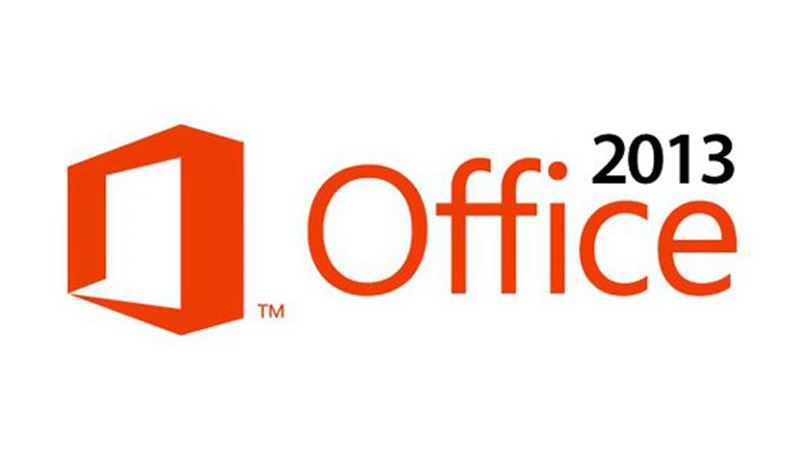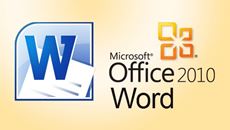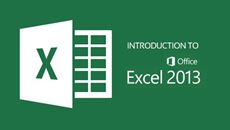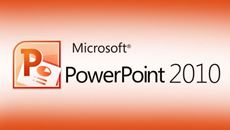- Delivery Method Online
- Professional Certificate
- 24hrs Suggested Study Time
- 3 Months Access
- Tutor Support
- Study On Any Device
- 150 Students
What's New in Microsoft Office 2013

Get up to speed on the exciting new features of Microsoft Office 2013, including Word, Excel, PowerPoint, Access, Outlook, OneNote, and Publisher.
In this course, you'll learn how to use the exciting new features of Microsoft Office 2013, including Word, Excel, PowerPoint, Access, Outlook, OneNote, and Publisher, using step-by-step, easy-to-follow instructions. With this latest version of the Microsoft Office, you'll be able to store and share your work ""in the cloud"" on Microsoft SkyDrive, a great, free online location that lets you access your files from any computer.
You'll explore Word, where you'll get experience using the new Start screen, templates, and Ribbon commands. You'll master new features in graphics, movies, and tables as well as the new Reviewing features and Office apps (some great mini-programs you can add to Office), and learn how you can work with PDFs in Word.
In Excel, you'll learn to speed up your work using the Quick Analysis tool, Flash Fill, and some great new chart features. You'll also get an orientation to PivotTables and explore a few new PivotTable tricks.
In PowerPoint, you'll discover new ways to make your presentations look better than ever, including themes, graphics, shapes, colors, and animation. You'll also learn how to use the new Presenter view and commenting features, and how to present your slide show in an online meeting.
In Access, you'll get acquainted with WebApps, which are Access databases you can put online and share with others who can use it with their Web browsers—they don't even need Access to use it! We'll also take a quick spin through the new features of the Office email program, Outlook.
In addition, we'll explore often-overlooked but really valuable note-taking program, OneNote, as well as the easy-to-use page layout program, Publisher. And we'll top everything off with a bonus lesson on how to use some of the Office programs together, a skill known as integration. Before you know it, you'll be using each MS Office 2013 program with ease, and working more efficiently with cloud computing!
Courses are delivered to you through expertly executed lessons, online instruction and interaction with like-minded students. Our courses are designed to deliver all of the benefits of studying in a classroom whilst giving you the flexibility to study at a time and place to suit your needs. You can access your classroom 24/7 from any device with an internet connection.
This course has a 3 month duration. You'll complete comprehensive lessons, quizzes and assignments before submitting your final exam at the end of the course to achieve your certificate. Courses must be completed within the 3 month access period.

Barbara Clemens
Barbara Clemens has been a software product manager, editor, writer, and teacher since 1984. She has worked with educational publishers Addison-Wesley and Course Technology to create software textbooks for colleges and universities. She has edited... Read more
Read Barbara Clemens's ProfileFrequently Asked Questions
The Learning Environment
From the moment that you enrol in the What's New in Microsoft Office 2013 you will become an integral part of our learning community. You'll find yourself with the freedom to learn at a speed that suits you, on any device, from anywhere in the world. Achieving your career goals no longer has to mean compromising family and work commitments.
Our Values
Learn At Your Own Pace
We believe in personalised learning. That's why we provide all the tools and support you need to succeed at your own pace. With flexible learning, you'll stay motivated and retain more information. Plus, you can balance your studies with work and family commitments to make your dreams a reality.
We Won't Break The Bank
Education should be accessible to anyone who wants to learn. That's why we offer some of the most competitive prices in the industry with payments plans for just $25 per week. Investing in your future is a smart choice and doesn’t have to break the bank.
Industry-Led Courses
There's no better way to learn than from experts with years of experience in your field. That's why each of our 200+ industry-led courses are designed to give you a real-life perspective on your industry. With our expert mentors, you'll learn from people who have a wealth of knowledge and experience, and who are passionate about sharing it with you.
Get The Personal Support You Deserve
At Vibe Learning, we're real people who are dedicated to providing you with personal support every step of the way. Our industry experts are not only professional and knowledgeable but also incredibly passionate about sharing their expertise with you. With their guidance, you'll gain invaluable insights and practical knowledge to help you succeed.
Still looking?
Check out the following courses related to What's New in Microsoft Office 2013:





